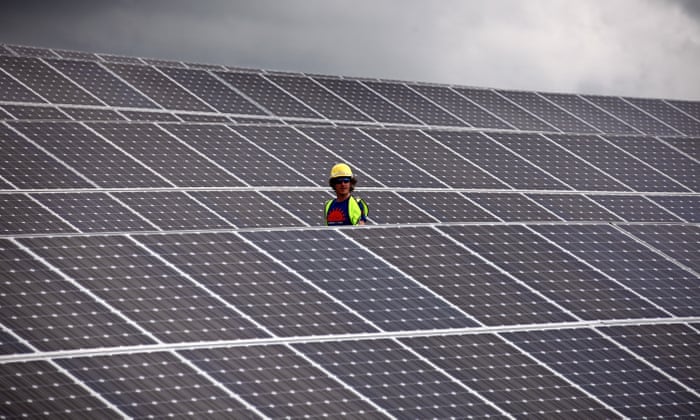NOAA provides forecasts of blue-green algae, or cyanobacteria blooms, in Lake Erie from July to October. Some cyanobacteria blooms can grow rapidly and produce toxins that cause harm to animal life and humans so scientists describe them as harmful algal blooms (HABs). Coastal communities can use NOAA's forecasts as a decision making tool.
NOAA bulletins provide analysis of the location of cyanobacteria blooms, as well as 3-day forecasts of transport, mixing, scum formation, and bloom decline. During the Lake Erie HAB season, which typically begins in July, bulletins are emailed to subscribers twice weekly during a bloom.
Below, you will find the latest HAB Bulletin. Please visit the NOAA Center for Operational Oceanographic Products and Services website at https://tidesandcurrents.noaa.gov/hab/lakeerie.htm for official forecast information or to subscribe to receive the bulletin directly in your inbox.
Continue reading at: HAB Bulletin: NOAA Great Lakes Environmental Research Laboratory - Ann Arbor, MI, USA
NOAA bulletins provide analysis of the location of cyanobacteria blooms, as well as 3-day forecasts of transport, mixing, scum formation, and bloom decline. During the Lake Erie HAB season, which typically begins in July, bulletins are emailed to subscribers twice weekly during a bloom.
Below, you will find the latest HAB Bulletin. Please visit the NOAA Center for Operational Oceanographic Products and Services website at https://tidesandcurrents.noaa.gov/hab/lakeerie.htm for official forecast information or to subscribe to receive the bulletin directly in your inbox.
Continue reading at: HAB Bulletin: NOAA Great Lakes Environmental Research Laboratory - Ann Arbor, MI, USA






